
|
|
|
Main menu
HELP
|
Invited SpeakersErwin Hahn award recipient 2023  Henk Van As Wageninigen University Henk Van As received his PhD from Wageningen University in 1982 and continued as a PD in the same group. Since 1986 he is an Associate Professor (Biophysics) at Wageningen University. He retired in 2019. His research focused on unravelling and understanding transport processes and (water) dynamics at different time and length scales in porous bio-systems to unravel structure-function relationships. For this, Time Domain NMR and quantitative MRI (correlated relaxometry, diffusometry and flow and the effect of exchange), and (rheo-)MRI methods and hardware were developed. Plenary Speaker 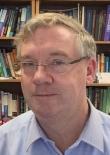 William (Bill) S. Price Western Sydney University Professor William (Bill) S. Price leads the Nanoscale Group and is the chair of Medical Imaging Physics at Western Sydney University. He is the Director of Western Sydney University’s node of the Australian National Imaging Facility. Bill completed his PhD in Biochemistry and DSc in Chemistry at the University of Sydney. He is a Fellow of the Royal Society of Chemistry, the Royal Australian Chemical Institute, and the Australian Institute of Physics. His research interests include probing molecular dynamics in biological (e.g., tumours) and chemical systems using magnetic resonance measurements of translational diffusion and relaxation, MRI techniques, and contrast agent development. He is Editor-in-Chief of the (UK) Royal Society of Chemistry’s “New Developments in NMR” book series and Editor of Elsevier/Academic Press “Annual Reports on NMR Spectroscopy” book series. Invited Speakers  Le Roy Chong Changi General Hospital, Singapore Dr Le Roy Chong is a senior consultant radiologist from the Department of Radiology, Changi General Hospital, Singapore. He completed fellowship training in musculoskeletal imaging with a focus on MRI research at the Hospital for Special Surgery in New York, and a fellowship in spine imaging and intervention at the Seoul National University Hospital in South Korea.  Daniel Clarke Victoria University of Wellington Daniel Clarke is a postdoctoral research fellow at the School of Chemical and Physical Sciences, Victoria University of Wellington, where he is involved in the research programme 3D-printed porous media for process engineering, funded by the New Zealand Ministry of Business, Innovation and Employment. He completed his undergraduate and doctoral study in Chemical Engineering at the University of Canterbury. His research interests include studying granular rheology and fluid flow using computational simulation and MRI methods. 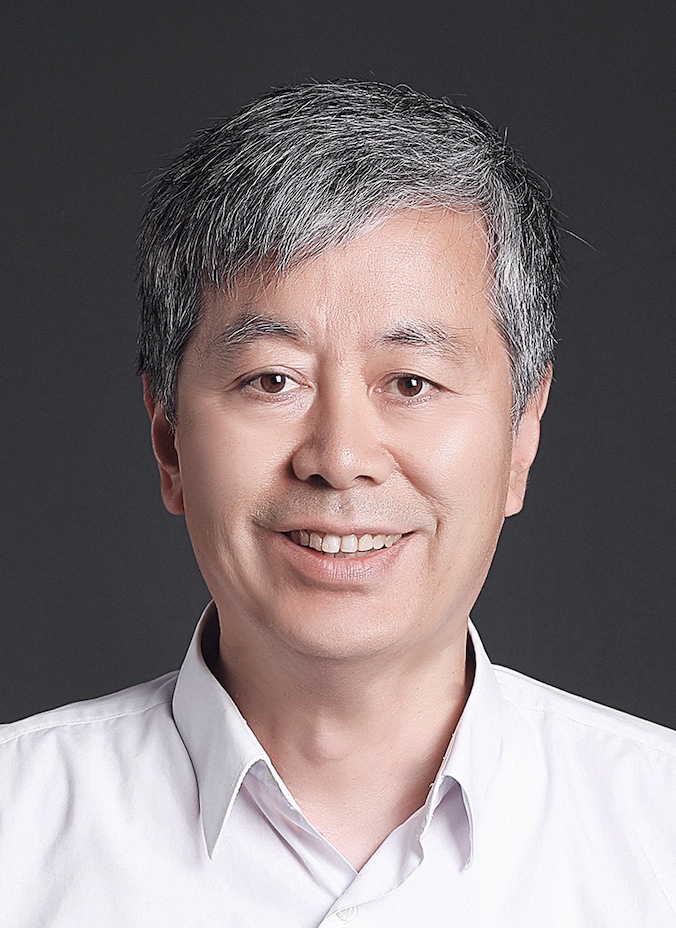 Yang Xia Oakland University Professor Yang Xia’s major research effort is on the study of osteoarthritic degradation in articular cartilage using multidisciplinary microscopic imaging techniques (microscopic MRI, polarized light microscopy, Fourier-transform infrared microscopy, microscopic computer tomography, biomechanical imaging). 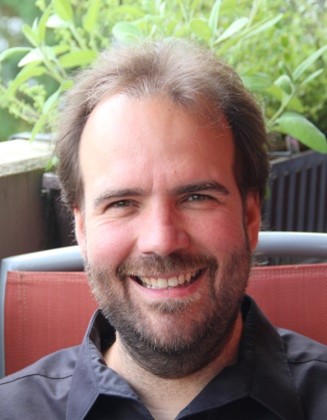 Volker Behr University of Würzburg Professor Volker Christian Behr is the leader of MPI group and a senior scientist of MRI at the University of Würzburg. He has been a member of Program Committee of the International Workshop of Magnetic Particle Imaging (IWMPI) since 2014 and is the Chair of IWMPI 2022. Prof. Behr is an editor of International Journal of Magnetic Particle Imaging (IJMPI). 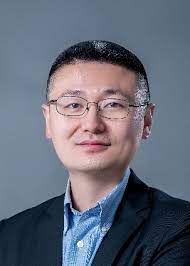 Ye Li Shenzhen Institute of Advanced Technology, Chinese Academy of Sciences Dr. Li has been a research associate professor in the Paul C. Lauterbur Research Center for Biomedical Imaging of Shenzhen Institutes of Advanced Technology, Chinese Academy of Sciences since 2013. Dr. Li’s research interests include advanced radiofrequency technologies, computation of electromagnetic fields, applied superconductivity and their applications in magnetic resonance imaging (MRI). 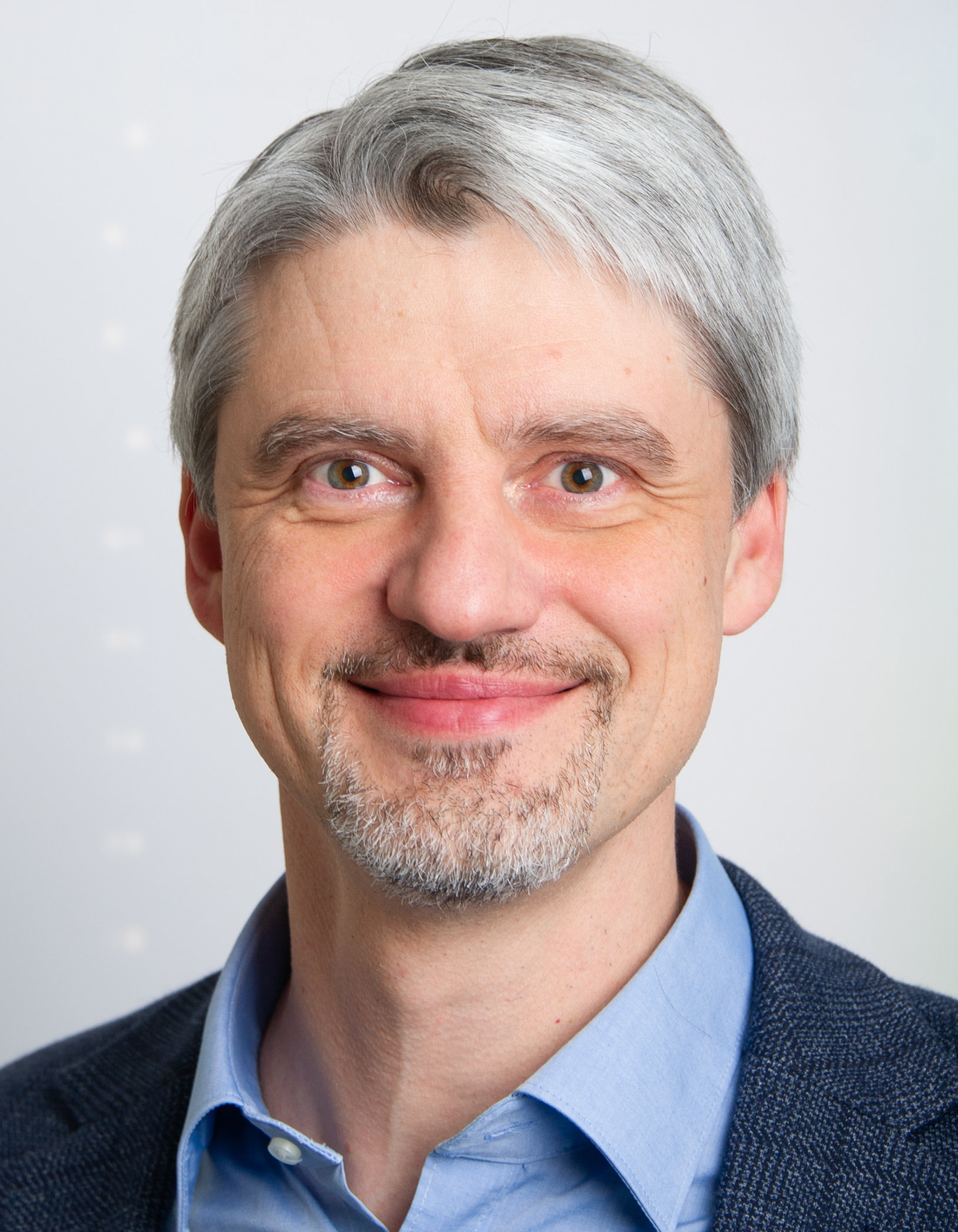 Maxim Zaitsev University of Freiburg Maxim Zaitsev mostly deals with Computer vision, Artificial intelligence, Magnetic resonance imaging, Nuclear medicine and Motion. His Tracking system, Image processing and Motion capture study in the realm of Computer vision connects with subjects such as Context and Electromagnetic field. His studies deal with areas such as Signal and Curvilinear coordinates as well as Artificial intelligence. Maxim Zaitsev has included themes like Tracking, Pathological, Neuroimaging and Anatomy in his Magnetic resonance imaging study. His Nuclear medicine research is multidisciplinary, incorporating elements of Image quality, Visualization, Rendering and Velocity mapping. Maxim Zaitsev combines subjects such as Motion artifacts, Prospective motion correction and Magnetosphere particle motion with his study of Motion. 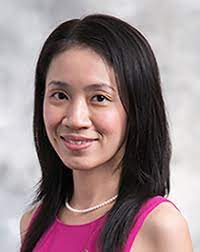 Thu Thao LE National Heart Research Institute Singapore Dr. Le Thu Thao is a Junior Principal Investigator at the National Heart Research Institute Singapore, National Heart Centre Singapore and Assistant Professor at Duke-NUS Medical School. Her research interests include exercise stress CMR for diagnosis of various cardiac conditions, sex differences in cardiac remodeling, cardiometabolic risk factors and disease progression, as well as low field CMR. 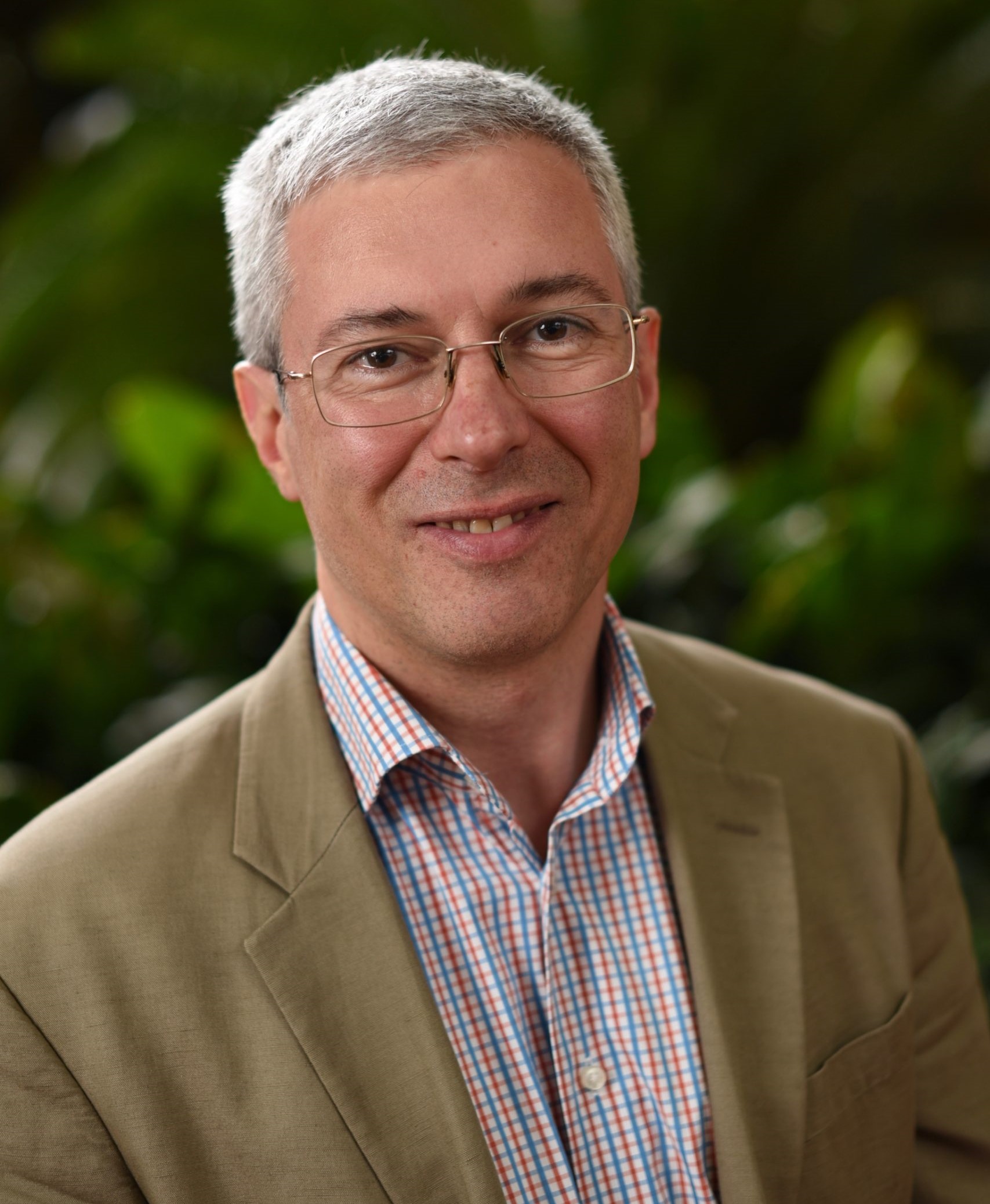 Konstantin Momot Queensland University of Technology Konstantin Momot has completed his undergraduate degree in Chemistry at Novosibirsk State University, Russia, and his Ph. D. in Physical Chemistry at the University of Arizona, USA. He moved to Australia in 2001 and in 2005 joined Queensland University of Technology, where he has remained since. He pursues a cross-disciplinary research program focused on applications of NMR and MRI (especially diffusion and spin-relaxation) for quantitative understanding of structure – function relationships in biological tissues and biomaterials.  Pablo Prado Livivos, Inc. Dr. Pablo Prado is a scientist and entrepreneur, introducing transformative technologies in the security and clinical markets. He has over 30 years of experience in NMR technology and is focused on bringing innovative solutions to the marketplace. He is currently dedicated to the development of the first accurate point-of-care liver disease diagnostic device - using single-sided NMR. Dr. Prado was the founder and co-founder for 4 companies. He is the CEO at Livivos and served as CEO, CTO, VP, and senior manager in startup and commercial-stage businesses, including GE and T2 Biosystems. He has a Physics Ph.D. and two postdoctoral appointments in NMR. He is the inventor in 14 patents. Educational Talks 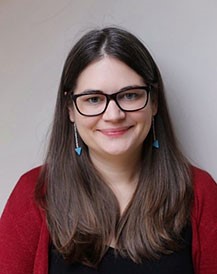 Meghan Halse University of York Dr Meghan Halse is a Senior Lecturer in Chemistry at the University of York (UK). Her current research focuses on the development of novel NMR and MRI methods and applications using hyperpolarisation to improve sensitivity, with a particular focus on the development of low-field and portable NMR solutions with applications outside of the traditional laboratory environment. She received her PhD in Physics from Victoria University of Wellington (NZ) in 2010, working under the supervision of Prof Sir Paul Callaghan, where she developed new methods for hyperpolarised Earth’s field NMR and MRI. This was followed by post-doctoral work on simulating proton spin diffusion and developing homonuclear decoupling sequences for solid-state NMR under the supervision of Prof Lyndon Emsley at the Centre for very high field NMR (CRMN) at the CNRS in Lyon, France. 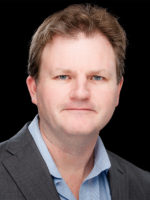 Michael Johns University of Western Australia Mike has been conducting research regards the application of magnetic resonance techniques for over two decades, covering a very wide remit from food to oil and gas engineering. Mike completed his PhD in Chemical Engineering at the University of Cambridge in 1999 and was a Reader in Engineering Colloids at the University of Cambridge before relocating to a Chair in Chemical and Process Engineering at the University of Western Australia (UWA) in 2011. At UWA he co-leads the Fluid Science and Resources Research Group which houses over 60 research workers. He currently develops methods to characterise oilfield emulsions, core flooding, oil contamination in discharge water, early detection of fouling in desalination modules, honey characterisation and para-hydrogen content of liquid hydrogen. He has published over 300 international peer-reviewed papers, holds seven patents and has participated in three spin-off companies. He is currently the research director of the Future Energy Exports CRC. 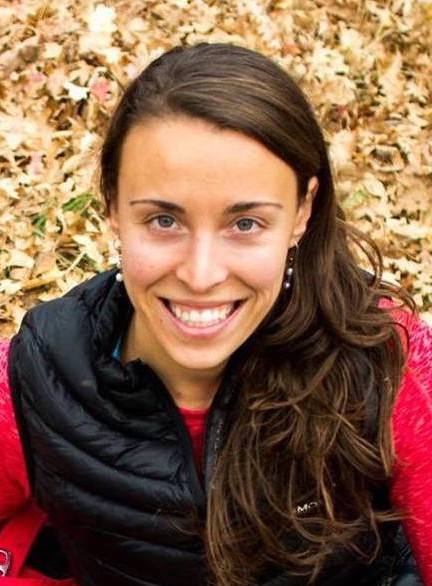 Hilary Fabich ABQMR, USA Hilary is the President of ABQMR, Inc. She first got hooked on the versatility of NMR as an undergraduate researcher at Montana State University and has since explored applications such as studying structure in silica gels at Chalmers University in Sweden, and studying fluidized bed dynamics during her PhD at the University of Cambridge. At ABQMR, Hilary has enjoyed the challenges that come with applying NMR to systems as diverse as imaging supercritical fluid flow, tracking chemical reactions at high temperature and pressure, and imaging plant roots in the agricultural field.  Luisa Ciobanu Neurophysics team at CEA/Neurospin Luisa Ciobanu received her doctorate in Physics from The Ohio State University (Columbus, OH, USA) in 2002. After the PhD, Dr. Ciobanu pursued a postdoctoral fellowship in the Department of Electrical and Computer Engineering at University of Illinois at Urbana-Champaign (Urbana, IL, USA) and held research appointments at the Beckman Institute (Urbana, IL, USA) and Pfizer Inc. (Ann Arbor, MI, USA). In 2007, she joined the staff of NeuroSpin at CEA-Saclay (The French Alternative Energies and Atomic Energy Commission). Dr. Ciobanu obtained the Habilitation to Conduct Research (HDR) in biology from Université Pierre et Marie Curie (Paris, France) in 2011. Currently, she is the Director of Research heading the NeuroPhysics team at NeuroSpin. Her current research focuses on the development of new techniques for magnetic resonance imaging (MRI) at high and ultra-high magnetic fields for the understanding of fundamental physical principles underlying biological function. |

